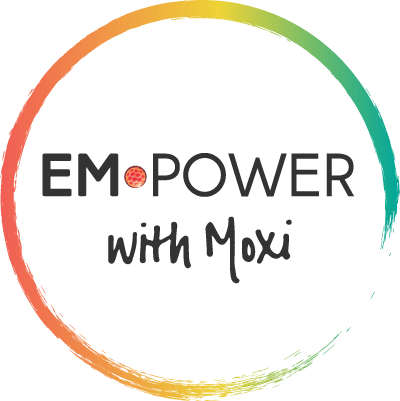How do I know what relationship arrangement I want with my donor or recipient?
We often talk about the spectrum of relationship options in embryo donation matches and the importance of having a consensual way for children and families to connect in the future, regardless of relationship the adults may choose to have. But when you're at the beginning of this journey and filling out your profile, how do you know what kind of contact, communication and relationship you want?
The honest truth is, you may not totally know. And that's ok. Understanding what you're open to and what you know won't work for you is a great place to start.
Some people are very certain about what they are looking for, especially if they are hoping for a closely connected relationship with the donors or recipients. Others are flexible and often want to better understand the preferences of the other side. And sometimes we hear a desire for more of an organic or child-led arrangement where they slow- roll getting to know each other until there are children born from the embryo donation.
We've written about the different relationship options on our free education platform, but here we will focus on three things to think about as you consider your front-end and longer term relationship arrangement options:
Know your minimum/maximum amount of contact (for now):
It's helpful to think about the least amount of contact you might be comfortable with. Is that an email exchange once a year? Is that no contact unless a child becomes curious? Is that a monthly update? Knowing how much or how little feels appropriate at different stages of the journey can be the guard rails for the relationship in real time. Is there an imagined ideal of what this could look like, or is there anything you're afraid of? This is something that is often discussed in our facilitated match meetings and is also discussed in both the mental health and legal consultations, and it's an important piece to consider as you decide how you want this unique relationship to start.
Consider the journey:
When you think about contact options, think about what you are interested in while matching, during the medical treatment process, early stages of a pregnancy, and after a child is born. Some people want to get to know their match from the get-go, and even might need to form a bit of a relationship to make sure it is a good fit. Others may be hesitant to form a connection until after they know the legal contract is agreed upon, or even once a child is born. And of course, there is everything in between. Ask yourself what feels comfortable. Do you like sharing or knowing all the details of embryo transfers and pregnancies, or are you a bit more private? How would you handle things relationally if a transfer isn't successful or if there is a loss? We are here to help support and navigate these delicate early stages of a relationship, and we do so in different ways depending on what each match needs.
Be flexible and know it will evolve:
It's impossible to know exactly what the relationship will look like into the future, so flexibility and honest communication are key. Sometimes unexpected feelings come up for each side, and that's ok. Sometimes each side needs a little space to make meaning of sharing genetics or embracing the genetics of another. And sometimes children have their own feelings and wants (not sometimes, ALL the time!), and those desires need to be heard and incorporated.
A lot of this is uncharted territory, but we are here and we have a network of EM•POWERED support professionals to help!
